Whether they are called breezeblocks, screen blocks, cinder blocks, textile blocks or even Besser blocks (here in Australia) the hollow concrete block has long been a popular construction material for both architecture and landscape.
The manufacture and use of hollow concrete blocks can be traced back to the 1860s in both the United States and Britain, where they were created as a more viable option than blocks of solid concrete.
Developments in machinery to manufacture these blocks also lead to a range of finishes. This included smooth, raised margins, rock-faced or with other ornamentation to the face panel (Lewis 2015).
While the use of hollow and decorative concrete blocks occurred throughout the late 1800s and early 1900s it was the Californian textile block houses of the 1920s (including the Millard House and Ennis House) by Frank Lloyd Wright that propelled the material into use in modern architecture.
Prior to World War II in Australia, concrete was seen as one of the key materials of modernism, along with stainless steel and glass (Aitken 2011). So with today’s appeal of mid-century modern style, it is little wonder that the use of decorative concrete blocks in all their forms has again become a popular and attractive solution for a modern garden.
Walls
Finishes and designs for decorative concrete block walls are limited only by imagination and availability of products. The repetitive pattern of a breezeblock wall creates a garden screen that is a decorative point of interest and an offset to the solid structure of the house.
 Concrete blocks can be used in combinations of solid and patterned to create a unique style for your wall.
Concrete blocks can be used in combinations of solid and patterned to create a unique style for your wall.
Besser, Cinder or textile blocks are perfect for a solid, clean and minimal border for garden beds or lawn areas.
Planters
Blocks used in raised planter beds create solid and attractive built form for your garden. The straight lines of smooth faced cinder blocks provide modern and streamlined borders for a courtyard and unique patterns and planting opportunities are possible by alternating the direction of the blocks.
Paving
Textile or breezeblocks can be used in pavement and laid on mortar for a solid finish or a flexible sand bed with pebble infill as shown below.

Grass-crete
Decorative concrete blocks are also sold as a pavement material under the name ‘Grass-crete’. The intention of these blocks is to provide a structural path or driveway pavement that allows grass or turf to grow within the block cavities.

Availability
While the ideas for decorative concrete appear limitless, the actual limit to using these materials in your garden is sourcing them. Cinder or Besser blocks are readily available, however if you are after a more decorative option the search can be more difficult. In Australia, there are very few manufacturers of traditional breezeblocks and mid-century devotees must hunt second hand yards, or ebay listings for that rare find.
Thankfully there are some companies who manufacture these blocks and your search may not have to be so difficult.
Australia
Besser Block Centre – Sydney www.besserblockcentre.com.au
Natural Image Group – Melbourne www.breezeblocks.com.au
USA
A1 Block Corp – Orlando www.a1block.com
Roanoke Concrete Products Co – Illinois www.roanokeconcreteprod.com
Sources
Aitken, Richard, 2011, The Garden of Ideas, Melbourne, p 167
Cilento, Karen, 2010 ‘Frank Lloyd Wright’s Textile Houses’, www.archdaily.com
Lewis, Miles, 2015 ‘Australian Building: A Cultural Investigation’, www.mileslewis.net
Save
Published in Blog

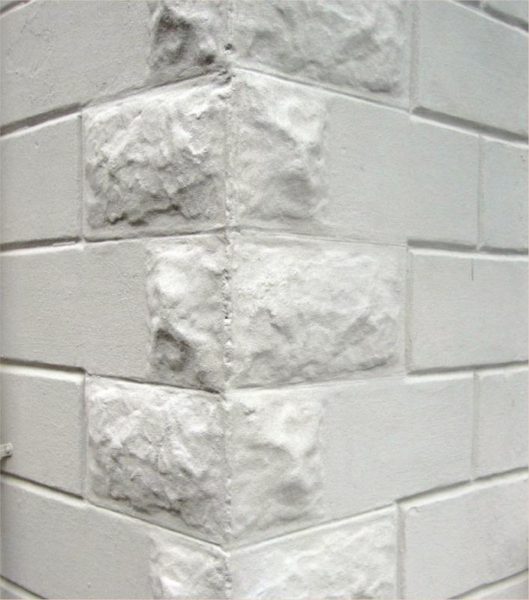
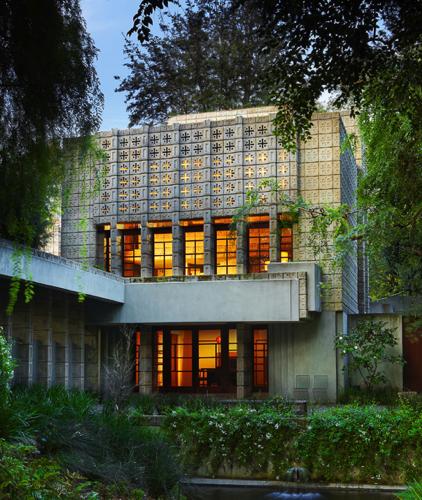


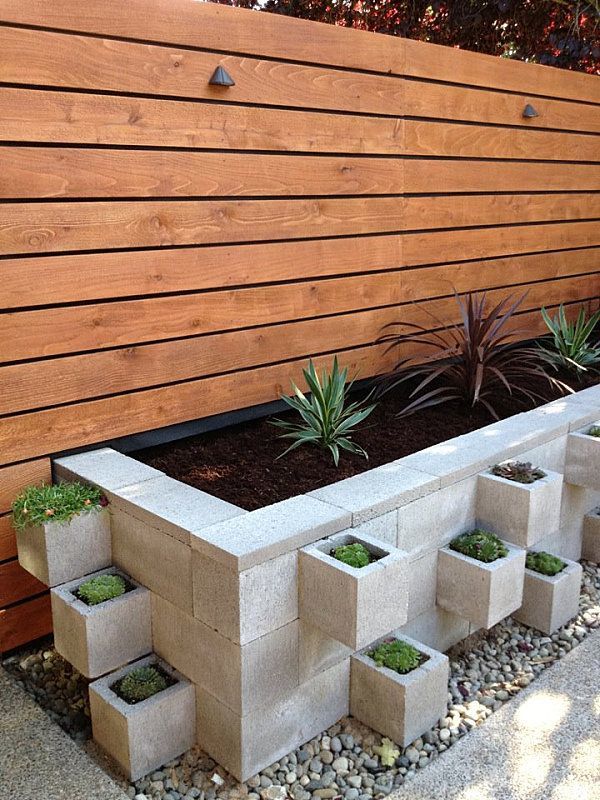
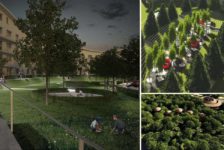

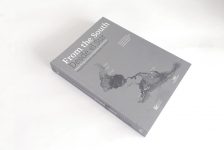
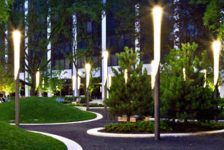
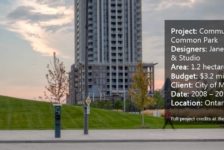


Pingback: Decorative Concrete Blocks | ---------------------
Pingback: Decorative Concrete Blocks | ---------------------
Pingback: 14 brilhantes projetos faça-você-mesmo usando blocos de concreto para complementar perfeitamente qualquer quintal - BaterPalmas | Descobertas inusitadas
Pingback: decorative concrete blocks - Tontem
Pingback: decorative cinder blocks - Tontem